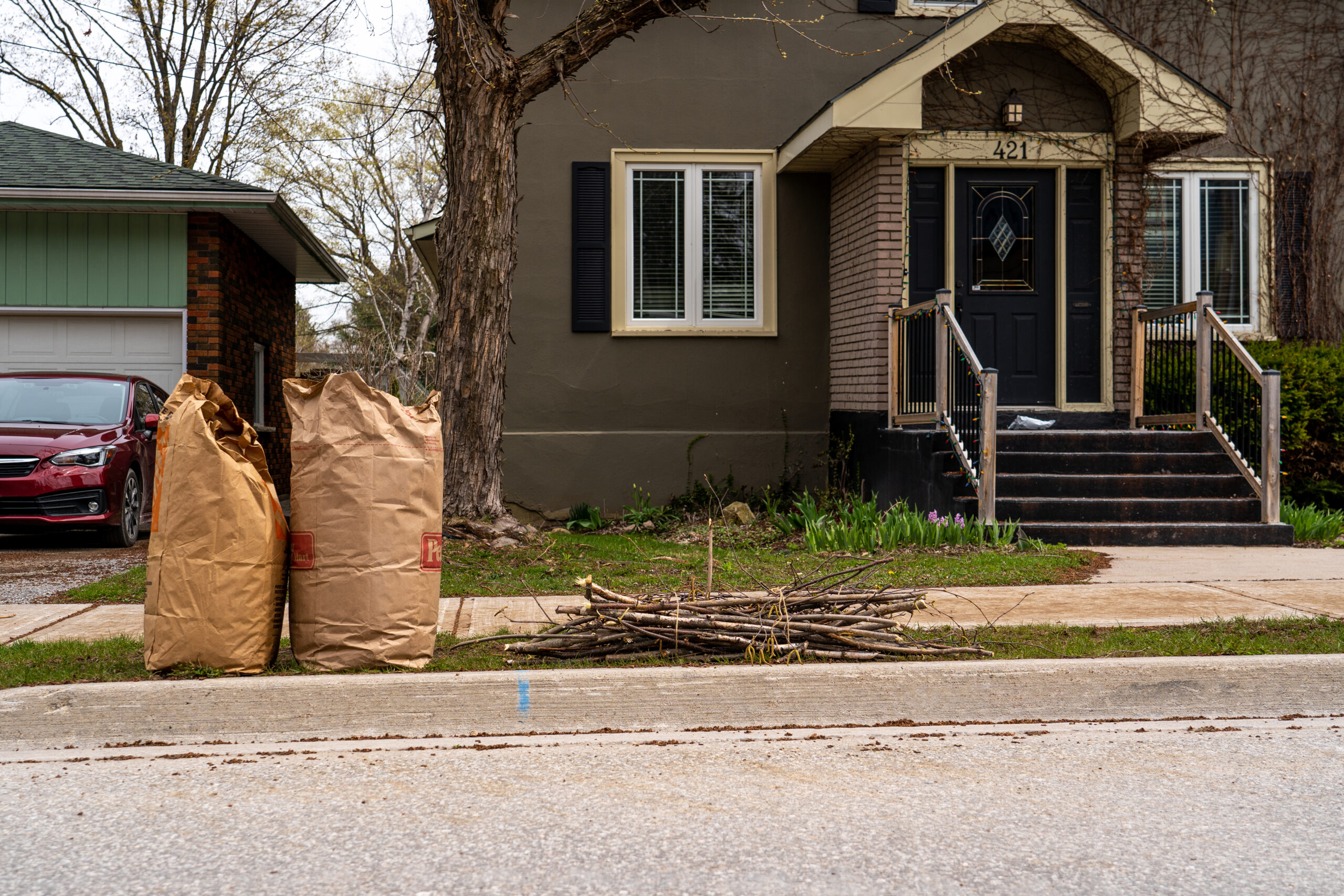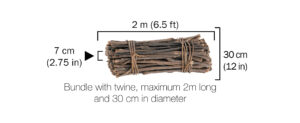
When is my yard waste collected?
Yard waste is collected bi-weekly on designated weeks throughout the year. Material must be at the curb by Monday at 7 a.m. of your collection week. Collection will occur at some time during the week and does not necessarily coincide with your regular collection day.
- Spring yard waste collection occurs during the months of April and May
- Yard waste collection falls on your garbage weeks during this time
- Each zone receives 4 biweekly collections during the spring
- Summer yard waste collection occurs in July
- Yard waste collection falls on your garbage weeks during this time
- Each zone receives 2 biweekly collections during the summer
- Fall yard waste collection starts in October and ends in December
- Yard waste collection falls on your garbage weeks during this time
- Each zone receives 5 biweekly collections during the fall
Self-Manage
Managing your yard waste material at home, on your own property, can provide many benefits. Click below to learn more about grasscycling and mulching.
- is the practice of recycling grass clippings by leaving them on your lawn, allowing material to breakdown naturally
- leads to a deeper, healthier root system that increases your lawn’s resistance to disease, drought and insects
- reduces effort as it saves you having to bag them up for collection
- grass clippings are made up of 85% water so leaving them on your lawn reduces the need to water
- grass clippings will act as a natural fertilizer as they contain Nitrogen, Potassium and Phosphorus
- grass clippings decay quickly and disappear within a day or two
- for best results, keep the mower blade sharp or purchase a special mulching blade available at local hardware stores
- don’t cut more than one third of the grass blade and only mow when grass is dry
- is the practice leaving a thin layer of leaves of your lawn and running them over with your lawn mover
- mulching can benefit your lawn in many ways such as adding nutrients, retaining moisture and suppressing weed growth
- while not necessary, you can easily outfit a conventional lawn mower with a special mulching blade available at local hardware stores
- ensure that the leaves aren’t too thick, you may have to spread them out or rake up any excess leaves (to put in a backyard compost pile or bag for collection)
What materials are accepted?
- Leaves
- Grass
- Garden Waste
- Decorative cornstalks & straw bales
- Brush (must be bundled. See instructions below).
- Pet Waste
- Plastic (bags, dog toys)
- Sod, soil or sand
How Do I prepare my yard waste?
Yard waste can be placed in:
- Kraft paper yard waste bags
- Cardboard boxes
- Open-ended rigid containers
Brush must be bundled as follows:
- Secured with natural twine
- No larger than 2 meters in length and 30 cm in diameter
- Individual branches should not exceed 7 cm in diameter

- Do NOT put yard waste in your green cart.
- Yard waste may also be taken to County waste drop-off location during regular operating hours at no charge.
- There is a charge for brush. Click here for rates and more waste drop-off information.
- For curbside service, yard waste must be on a municipal road. In order to get yard waste collection on a seasonal or private road, residents may rely on a Common Collection Point (CCP).
- The County reserves the right to limit quantities.
